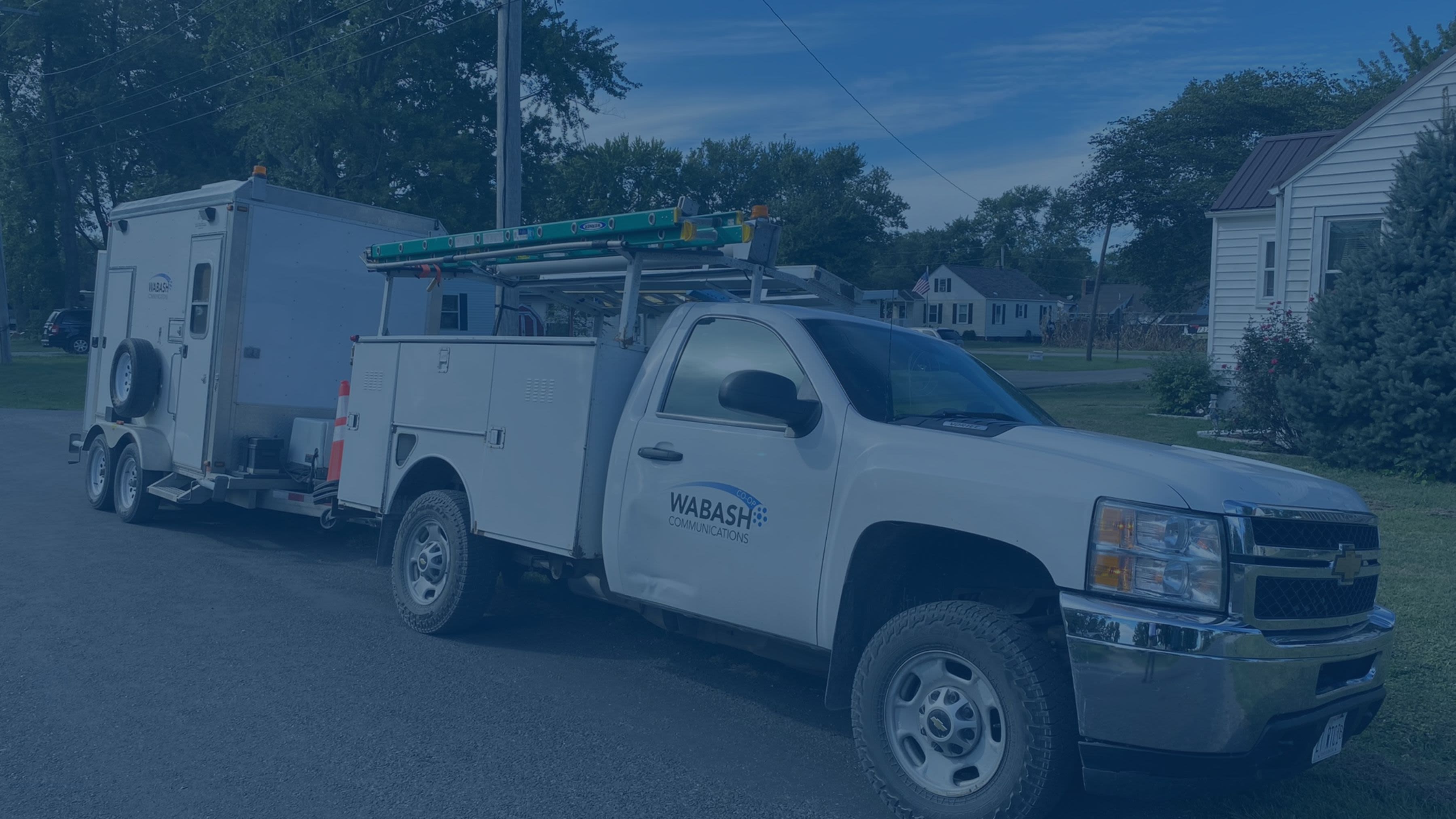Wabash Delivers High Speed Internet
in South Central Illinois
Illinois, U.S.A.
#WeAreBroadband

Wabash Communications CO-OP is delivering reliable, symmetric 1 gigabyte fiber-optic high-speed broadband to rural area cities and towns throughout South Central Illinois.

More than a dozen cities and towns throughout south-central Illinois have benefited, including the communities of:
- Albion
- Alma
- Bible Grove
- Bone Gap
- Browns
- Cisne
- Clay City
- Dieterich
- Effingham
- Farina
- Flora
- Geff
- Iuka
- Johnsonville
- Kell
- Kinmundy
- Louisville
- Mt. Erie
- Noble
- Orchardville
- Salem
- Waston
- West Salem
- Wheeler
“The community of Flora, Illinois, is blessed to have a local community-based provider like Wabash Communications. They enable our residents and businesses to participate in today’s connected society fully,” said Mike Stanford, City Administrator/Economic Development Director. “With Wabash providing high-speed fiber-optic internet to the city of Flora we are able to stay on par with educational and economic opportunities, just as same as the most metropolitan areas in America.”

Since 1952, Wabash has been providing telephone service to South Central Illinois and is locally owned by its members. Wabash first started deploying fiber back in 2008 in Bible Grove, Illinois and has continued to deploy FTTH since then.
Various studies say anywhere from 18-40 million rural Americans lack access to high-speed broadband internet. Rural broadband is critical to revitalizing and invigorating communities with fiber internet technology, improving communications and connectivity to the global economy.

Increased access to high-speed internet, such as the fiber internet provided by Wabash, is linked to boosting local job opportunities and economic growth. Rural broadband helps keep younger talent in communities, allowing telework options. Schools of all grade levels can provide more programs, services, and training through broadband, reaching more people and promoting rural development. And rural fiber broadband helps level the playing field for all health care consumers, regardless of where they live.



